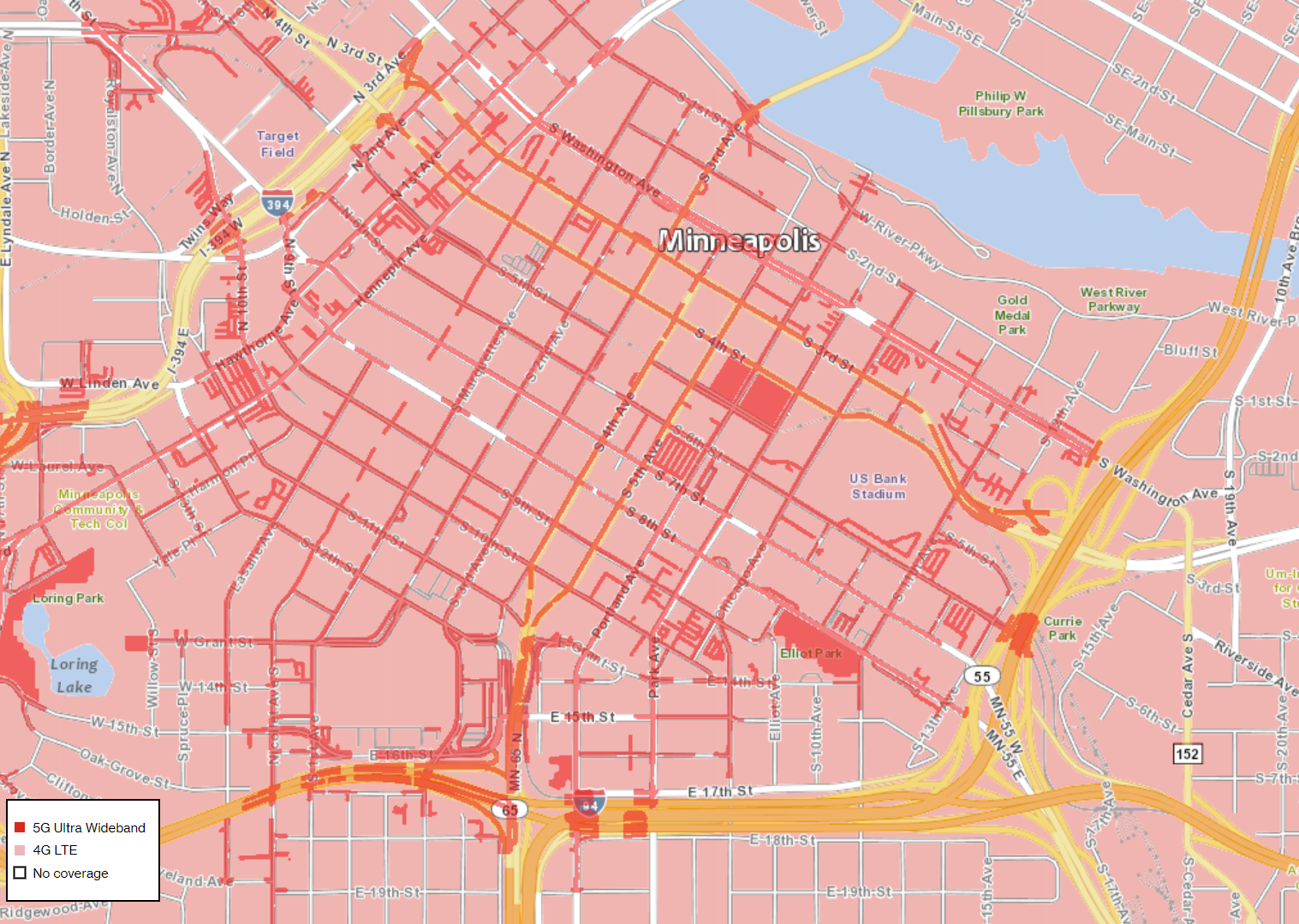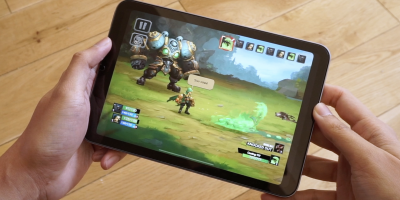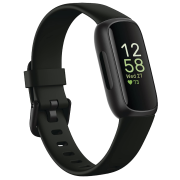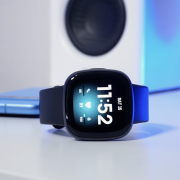For nearly a year now, Verizon and other service providers have been proclaiming that 5G has arrived. The new technology is meant to usher in a new era of connectivity that will change our lives and give businesses new opportunities. Those promises have yet to be kept and based on Verizon’s new 5G coverage maps, it looks like we may never get there.
Since Verizon opened its 5G network to the public, it’s done a pretty bad job of communicating exactly where its customers would be able to pick up a 5G signal. The company has been very vocal about which cities now offer 5G service, but after months of waiting, Verizon has finally revealed detailed coverage maps that show just how far its mmWave spectrum reaches. Spoiler alert: Verizon’s 5G coverage is practically non-existent.
In total, 18 different cities have been lit up with Verizon’s 5G coverage. Unfortunately, the coverage maps Verizon has published show that its 5G service is still extremely hard to find if you venture outside of the central business districts in those cities. Adding insult to injury, the maps show how ineffective mmWave bands are at penetrating buildings and other obstructions, limiting 5G coverage to streets and sidewalks. Even in open spaces, like Chicago’s Millenium Park, 5G signals fall off around Cloud Gate (the Bean) and the Millenium Monument.
While we applaud Verizon on bringing 5G to as many cities as it has, the company’s choice to use to mmWave spectrum to deploy the new standard is looking to be the wrong one. Yes, mmWave does offer much faster speeds than mid-band and low-band 5G deployments will offer, but what’s the point of having 1Gbps downloads if you can only get those speeds when you walk outside, face north and hop on one leg?
To be fair, Verizon isn’t the only one at fault here. AT&T, Sprint, and T-Mobile are also deploying mmWave 5G coverage (if we can call it that) across the country with similar results to Verizon’s. In short, with mmWave spectrum, the 5G future we’ve been promised will never be delivered. For as much cash as the major service providers have stored away, they would never be able to afford to deploy mmWave cell sites every 300 feet to provide coverage to most residents who live in our countries largest cities. And if they somehow manage to do it, they’d still leave more than 100 million people living in suburbs and rural areas across the country on their old 4G or even 3G connections.
T-Mobile’s plan to use its mid-band and low-band spectrum to deliver 5G seems like the most sensible solution, but we’re still a ways off from seeing that in action. I have no doubt that 5G has the potential to change the way we communicate, work and play, but Verizon and other service providers need to stop proclaiming “the 5G revolution has arrived!”
It hasn’t.

Source: Verizon














Comments